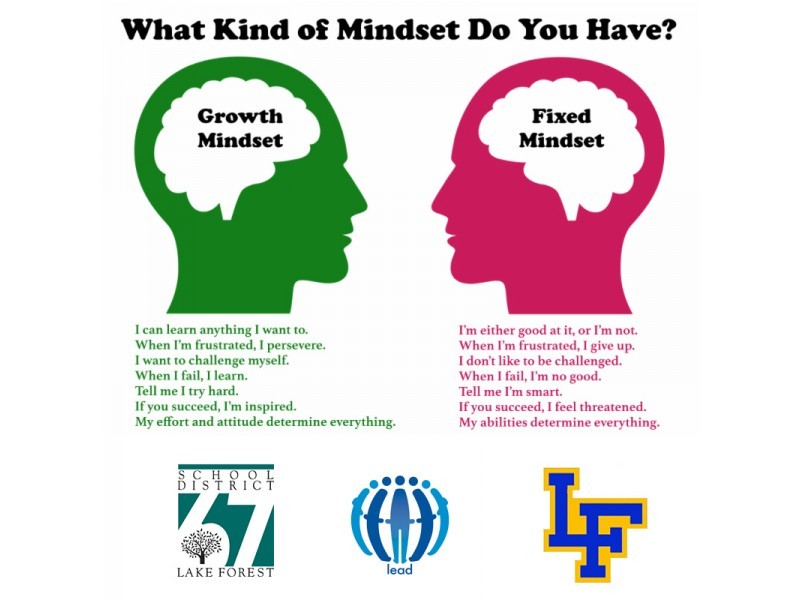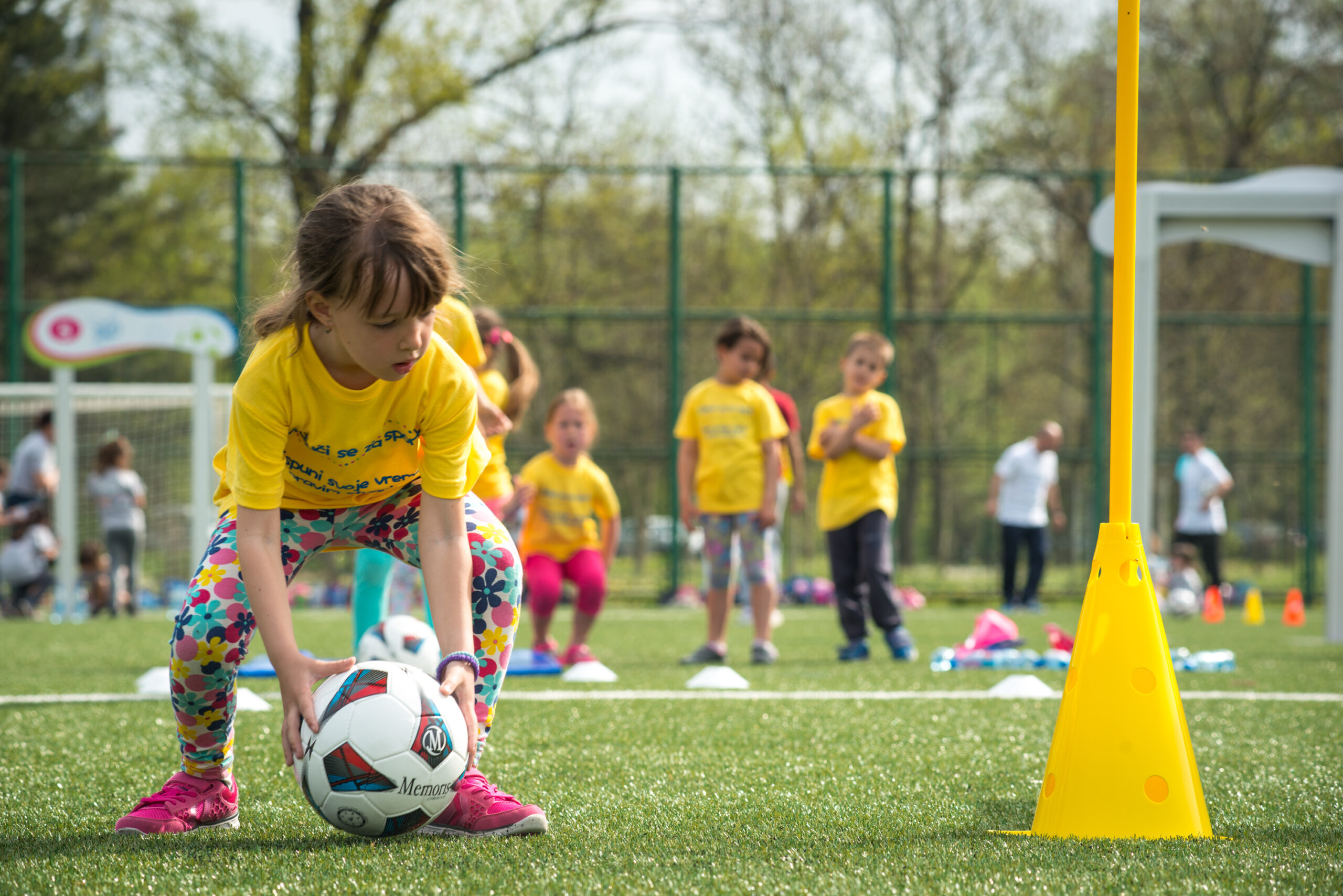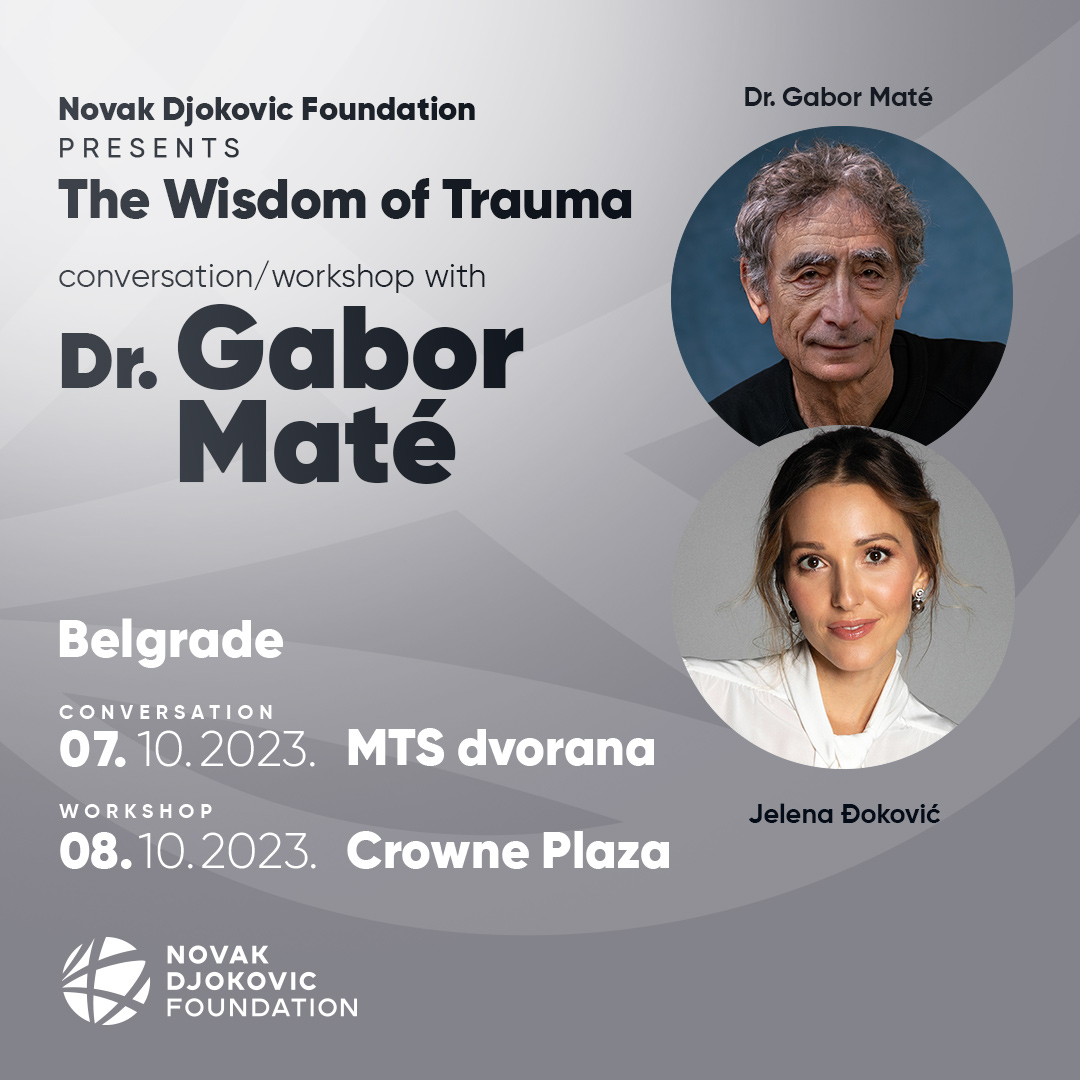The growth mindset encourages children to continue working towards a goal, whether it be achieving a better grade or improving in a sport, rather than teaching them that what they’re doing is good enough and they should stop trying.
It’s strange to think that one tiny change in the way you address your children could entirely change their outlook and behavior towards life and education. Unfortunately, many of us have fallen prone to congratulating our children and appraising even their smallest of accomplishments, all in an attempt to boost their confidence. We often fail to realize that by praising them constantly, we’re teaching them that they’ve done all they can do, and in essence, are unknowingly teaching them that all they need to is succeed, rather than encouraging a sense of appreciation for education and success.
What if, instead of only congratulating children on their success, we taught them that even though success is important, improvement and constant pursuit of goals is even more important? Many notable figures in the realm of childhood education, including Sal Khan from Khan Academy and Dr. Carol Dweck, have brought to attention the importance of instilling a growth mindset instead of a fixed mindset in children. Essentially teaching them that although success is very important, growth and improvement are even more important aspects of development.
What is the difference between a ‘fixed mindset’ vs. a ‘growth mindset’?
Here are some examples of parents addressing their children using a fixed mindset versus a growth mindset:
- Fixed Mindset: “You got an A on your test, you’re such a smart kid!”
- Growth Mindset: “You worked hard and studied to get that A on your test, if you keep studying and working even harder, you’ll improve even more!”
- Fixed Mindset: “You got every single question right on the test – you’re the perfect student!”
- Growth Mindset: “You nailed that test! You couldn’t have done that without studying and working hard,
The growth mindset encourages children to continue working towards a goal, whether it be achieving a better grade or improving in a sport, rather than teaching them that what they’re doing is good enough and they should stop trying.
But remember, there’s a strong difference between ignoring your child’s accomplishments and helping them develop a growth mindset. Don’t teach the mentality that ‘nothing is ever good enough‘, rather teach them the mentality that ‘there’s always room for improvement‘.
The difference between these two methods of approach is that one focuses on the superficial aspect of accomplishment, whereas the other encourages a more in-depth view of education and learning, hoping to instill a sense of encouragement as well as a meaningful appreciation for learning.
Does this method really work?
Based on research done by Dr. Dweck, who conducted an experiment with a group of students with different mindsets and observed their success in academics, the growth mindset really does help improve children’s success in school. The group with the fixed mindset only worked to “look smart” and succeed on a superficial level, whereas the other group valued learning above all else, and that proved to be successful. The group with the growth mindset showed significantly higher grades by the end of the school year.
Why is this an effective method of childhood development?
Addressing children with a growth mindset helps them to learn to overcome the superficial aspect of success, and to yearn for growth and development rather than solely success. Especially in today’s world, it is difficult, if not impossible, for children to not hear that they have to pursue careers in specific fields if they want to succeed.
Especially for students who struggle in school, they can often be turned off completely by the idea of pursuing an education because they are afraid of failure. With a fixed mindset, they would believe that success is the only possible path, and if they don’t succeed in something, they would quite probably abandon it. However, if they had a growth mindset, they’d realize that continuing to try hard and practice would help them improve and eventually succeed in their pursuits.
Children learn the value of learning, and learn to appreciate education as a whole, rather than simply viewing it as something they need to succeed in then forget about. This also helps children themselves become more open-minded, as they learn that success does not define them, or anyone else.
At what age is this method most effective?
As with most teaching methods, this is most effective when enforced during a child’s early development years, the years in which they are learning and developing most. According to Sal Khan, although this mindset is most beneficial in early years, it’s never too late to learn how to have a growth mindset.
Next time your child gets a particularly good grade or succeeds in something, instead of simply congratulating them, congratulate them AND encourage them to continue working hard and improving! You may be surprised by the results.




















